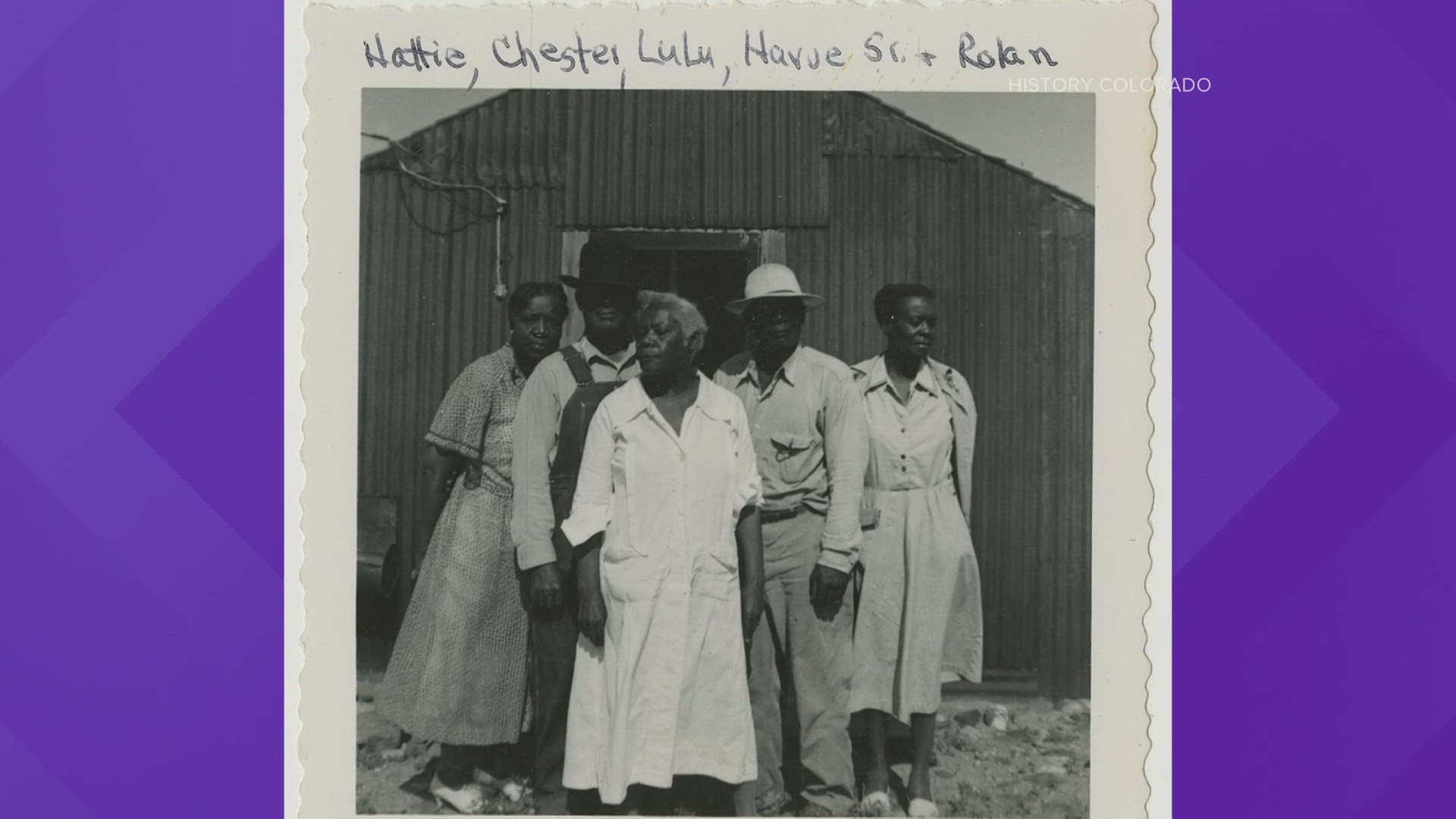DENVER — Acoma Gaither, Curator of Black History at History Colorado, joined 9NEWS Thursday to dig deeper into a piece of Colorado history -- how the Great Migration impacted the West.
Gaither said the Homestead Act of 1862 allowed people to move out West and cultivate a plot of land. If they were able to grow crops on it, after five years they could apply for ownership of the land.
"That incentivized a lot of Black folks in the South to move out here," Gaither said. "And that first great migration was called the Black exodus, and they were called the exodusters."
Gaither said they migrated from state to state, moving from Missouri to Kansas to Colorado.
"There were a lot of Black folks that were laborers on the railroad as well, and they would bring their families traveling out West," she said. "Some people walked along the railroads. People were in wagons. They were really incentivized by being self-sufficient and having some land to work off of."


Some of these families settled in The Dry, in southeastern Colorado near Manzanola. That settlement was started by the Rucker sisters, who helped recruit around 50 Black families as part of the Enlarged Homestead Act of 1909. That act incentivized people to try dry farming, which was difficult.
"They were out there for a few decades, and it was really hard to cultivate crops out there, but they tried their best," Gaither said.

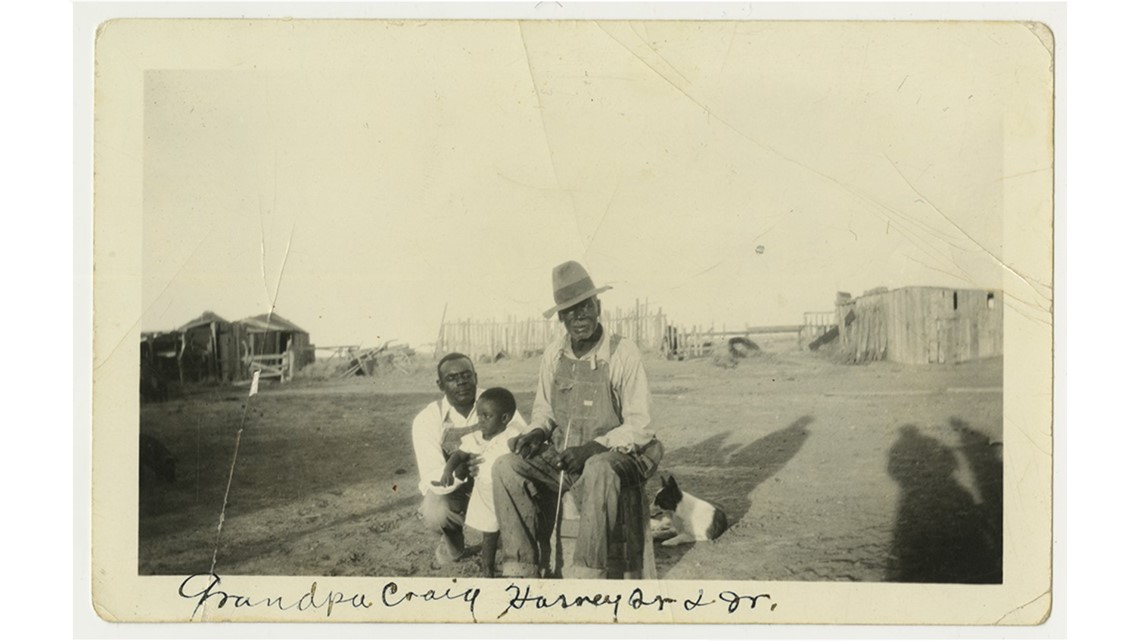

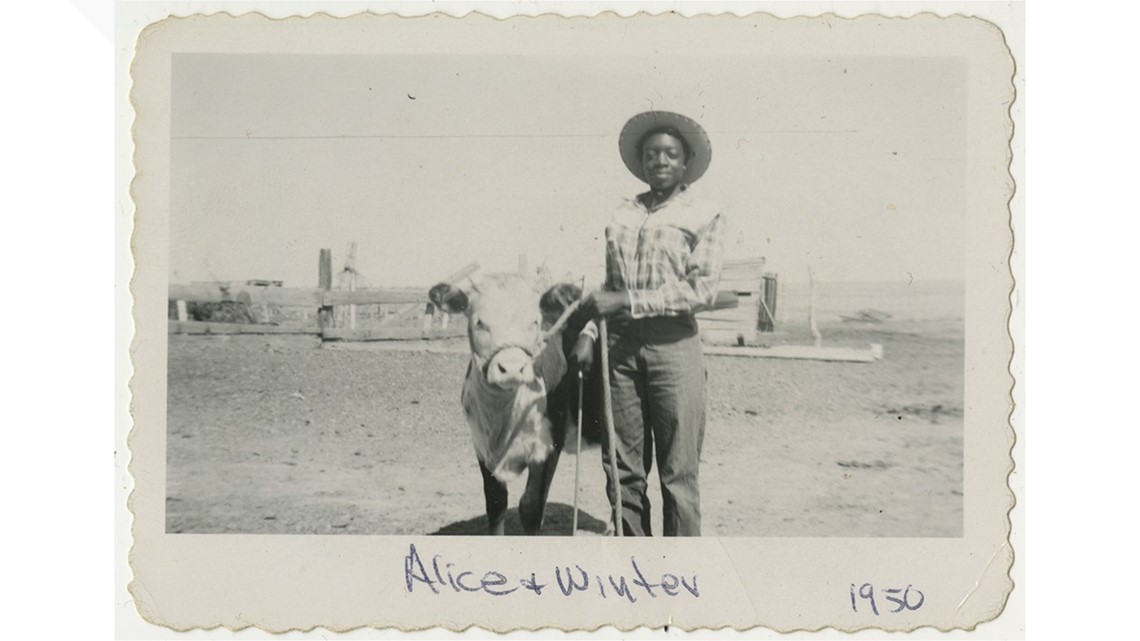
Some people migrated to cities, leading to the creation of neighborhoods like Five Points in Denver.
"In early Denver history, you see a lot of Black families living in the downtown area, and they were pretty dispersed," Gaither said. "They weren’t centralized. But as more Black families started coming in, they really pushed into the Five Points area."

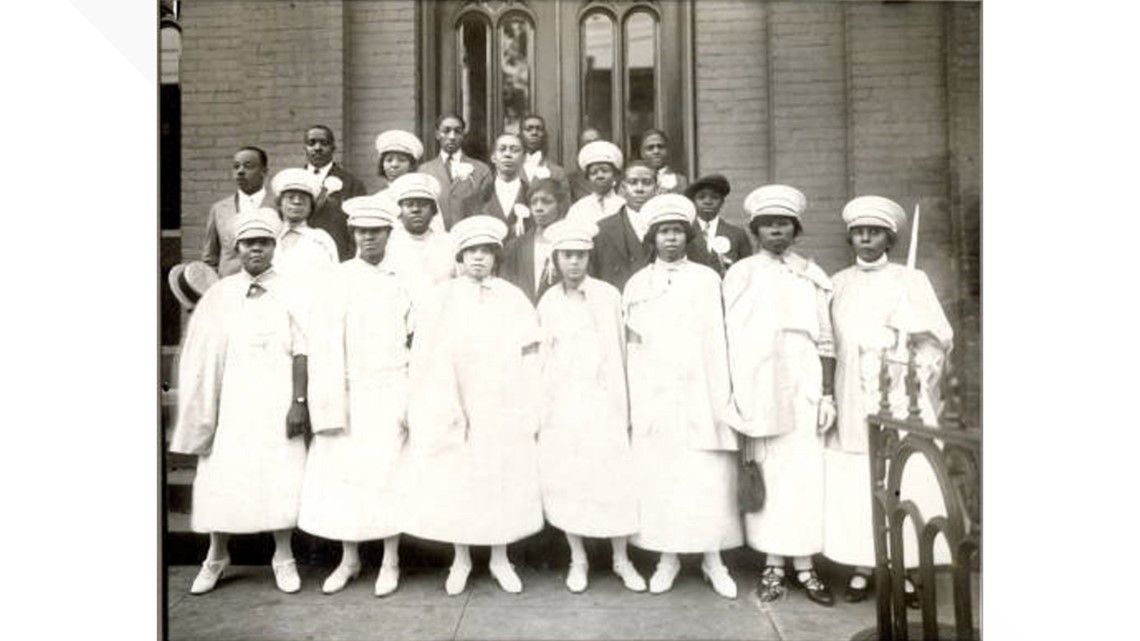
"There were some benefits to this, because Black families and individuals, they helped build social clubs and churches and a mutual aid network where people could offer people healthcare, and they had Black businesses and grocery stores," she said.

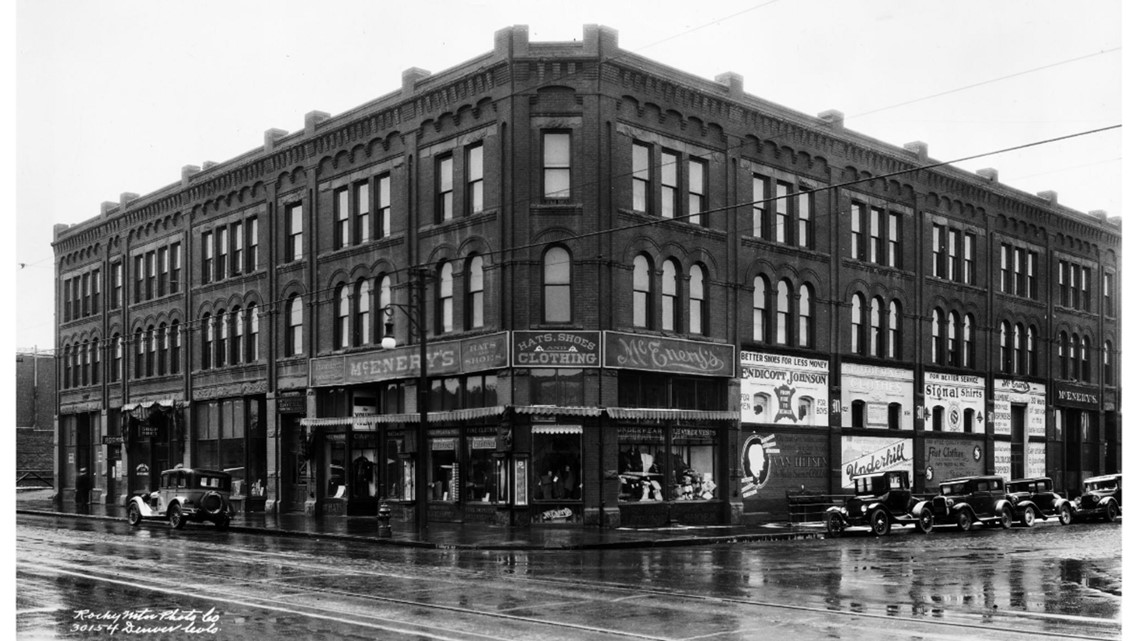
"I think there’s power in numbers, because during the 1920s the KKK was very well and alive in Colorado," Gaither said. "They really cultivated a network of care for themselves in the neighborhood."

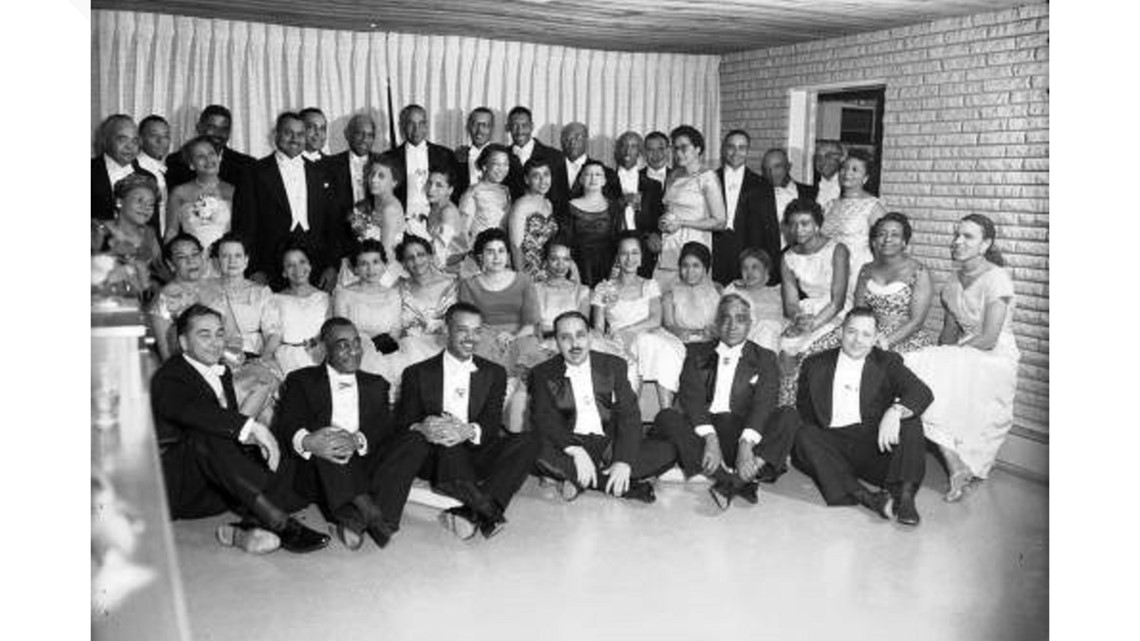

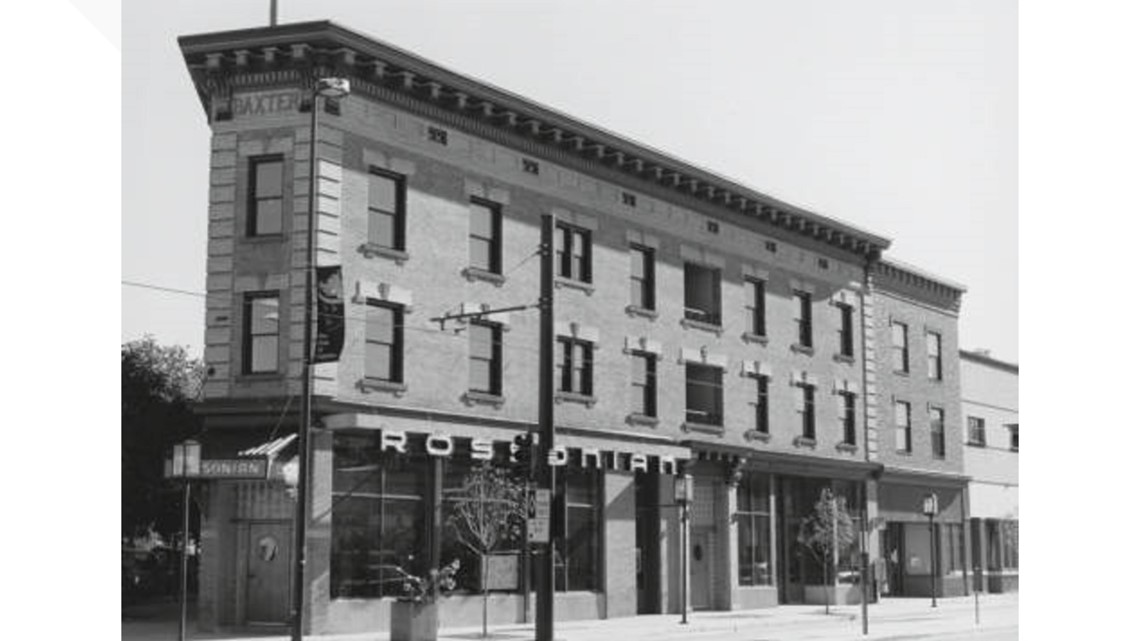
SUGGESTED VIDEOS: Telling Black Stories

